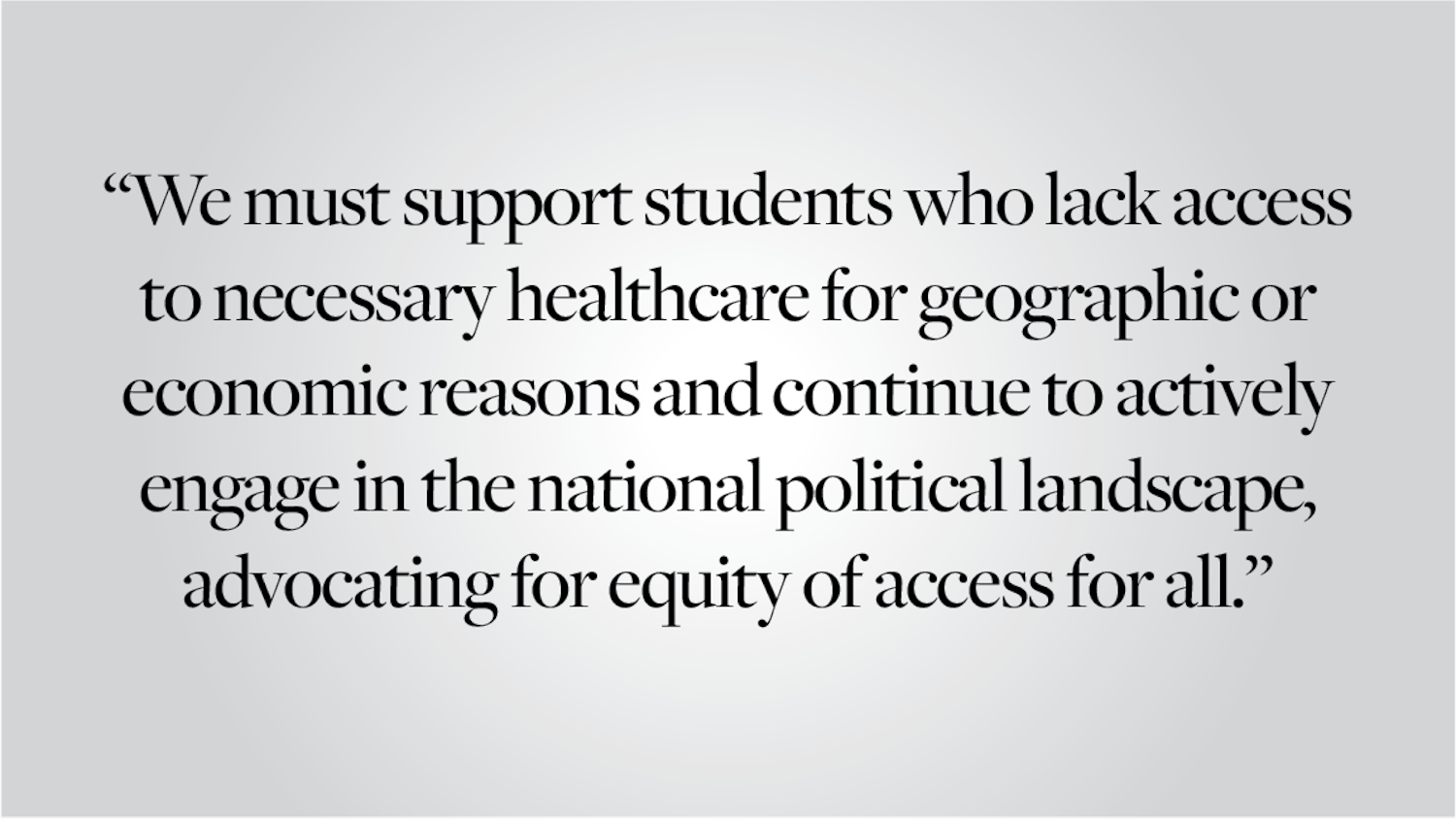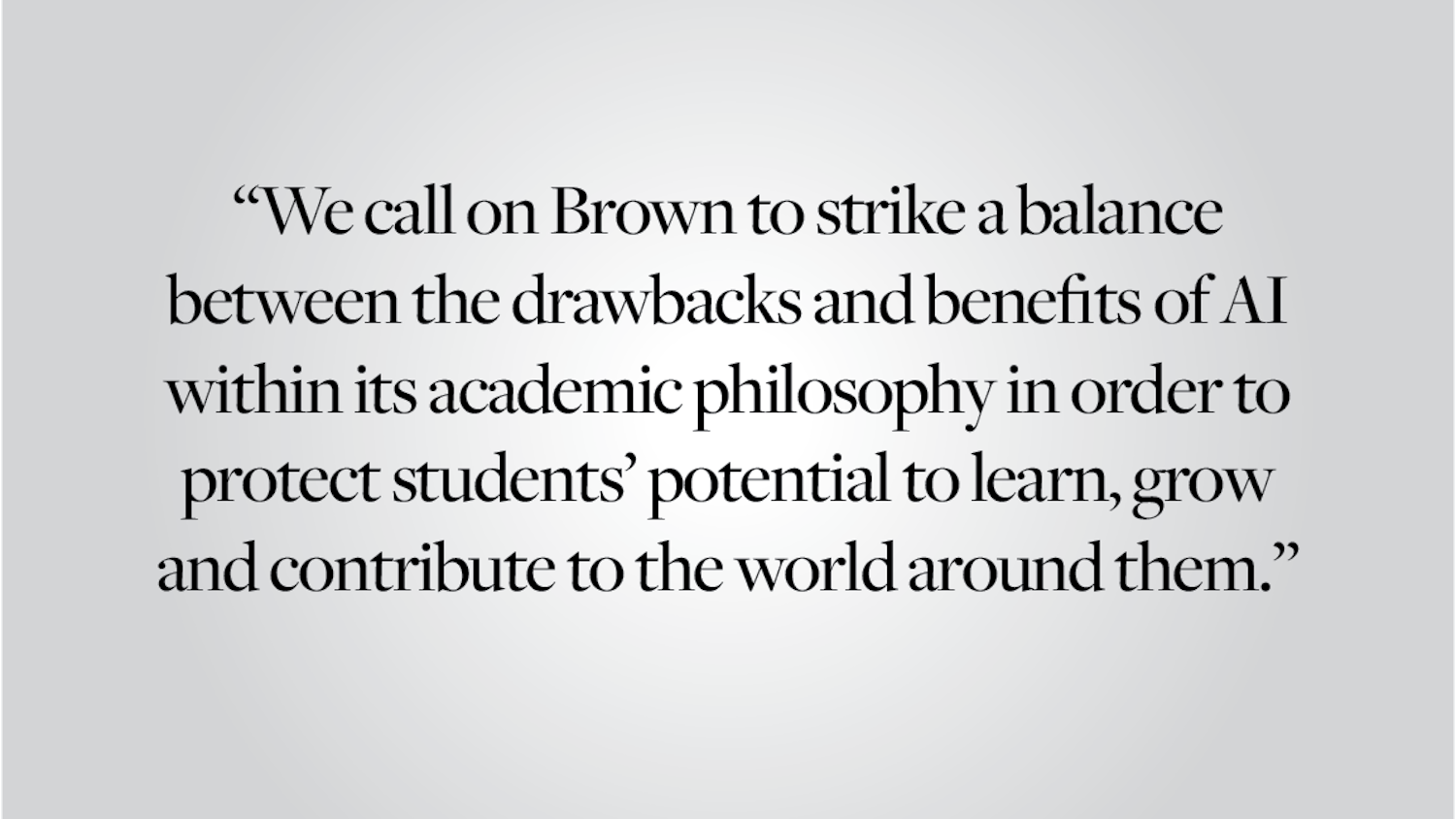Last Thursday, the Obama administration released more information about its proposed system to rate colleges and universities in the United States. So far, these standards have come under a barrage of criticism, as various players all over higher education wonder how such a ranking can incorporate the diverse elements of higher education in America. Some groups, such as the National Association of Independent Colleges and Universities, are opposed to a national rating system outright.
There are distinct benefits to a national rating system, particularly for students who are not college-savvy or are first-generation college students. But the system is scheduled to be completed in four months, which is not enough time to fully address concerns and rectify any flaws. Ratings can be a valuable tool for students, but the administration should avoid rushing a substandard system just for the sake of deadlines.
One major concern with the proposed guidelines is that they would measure success partially by alums’ average salary and employment rate following graduation. While these metrics could prevent students from entering programs with notoriously low employment rates, they could also punish institutions for training students who enter lower-paying but socially useful occupations, such as teaching and social work. President Christina Paxson was quoted in Inside Higher Ed noting that these benchmarks would “undervalue graduate student attendance” along with other post-graduation pursuits.
This concern is particularly acute for specialized institutions, particularly art schools. Grafton Nunes, president of the Cleveland Institute of Art, wondered to Inside Higher Ed, “How can we, who are presidents of art and design colleges, trust fair and accurate representation in a one-size-fits-all metric?” Such concerns should be addressed by the Department of Education to avoid antagonizing these kinds of schools.
Another major flaw of these ratings is that they have the potential to inadvertently target institutions that are populated by underserved and disadvantaged students. Thomas Fallo, president of El Camino Community College District, has noted that community college enrollment is typically dependent on “location and convenience” rather than rankings, Inside Higher Ed reported, urging the administration to pursue state-by-state models that would better take into account distinct populations. Other observers are concerned that ratings, and the attendant consequences, would reduce college opportunities for disadvantaged students. Audrey Dow at the Campaign for College Opportunity cautioned that students in an area with a low-rated community college could receive less federal aid, Inside Higher Ed reported. Such an outcome is obviously deeply unfair and undesirable.
Concerns aside, there is no denying that college students are taking on unprecedented levels of debt for uncertain returns. Young Invincibles, a youth advocacy group, has expressed similar concerns, noting on its website that ratings could address the deep financial pressures on recent college graduates, because “employment prospects … (and) graduates’ ability to repay their debt” were ranked as the two most important factors students consider when selecting a college, but students still find this information almost impossible to find. The proposed rating system has significant concerns that must be addressed, but altogether, it is reflective of the financial needs of college students and graduates. While the ratings should be tailored, they have the potential to become a much-needed tool to aid a struggling generation.
Editorials are written by The Herald’s editorial page board: its editors, Matt Brundage ’15 and Rachel Occhiogrosso ’14, and its members, Hannah Loewentheil ’14 and Thomas Nath ’16. Send comments to editorials@browndailyherald.com.
ADVERTISEMENT




